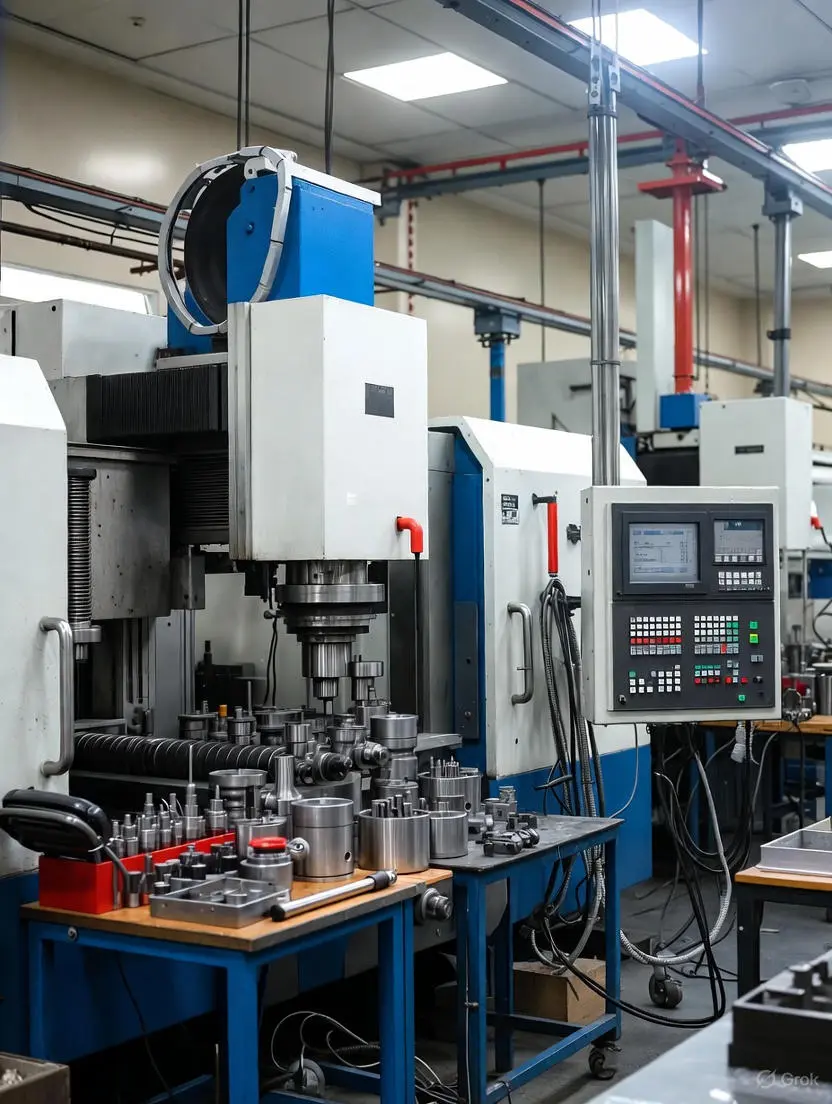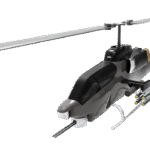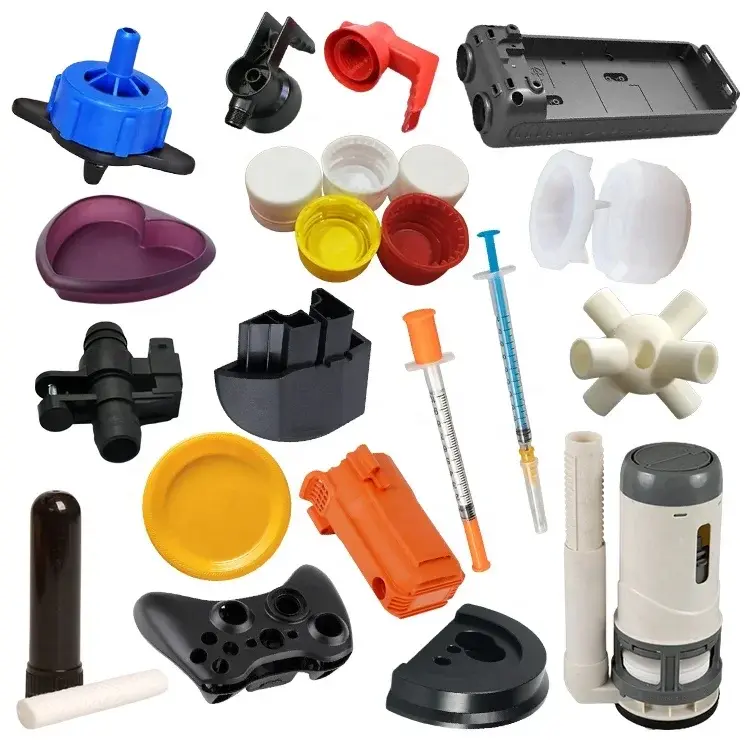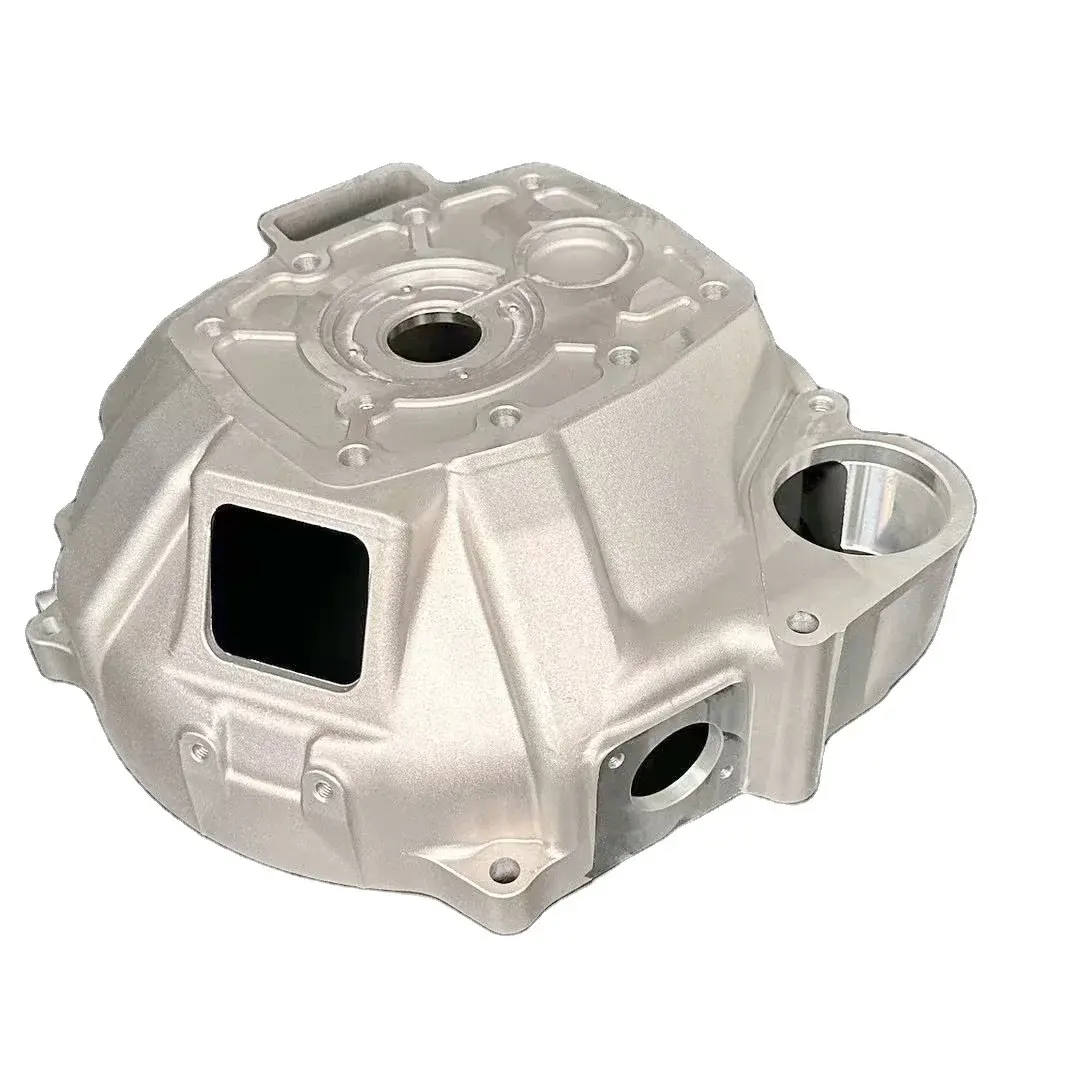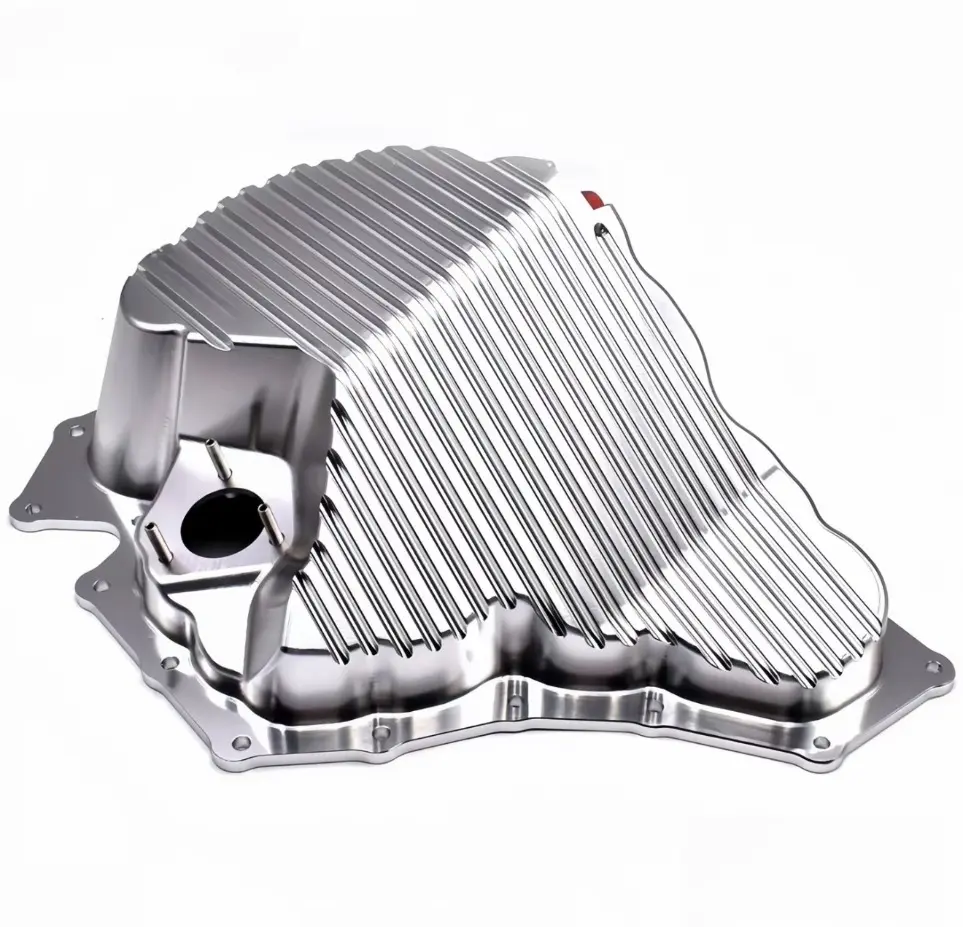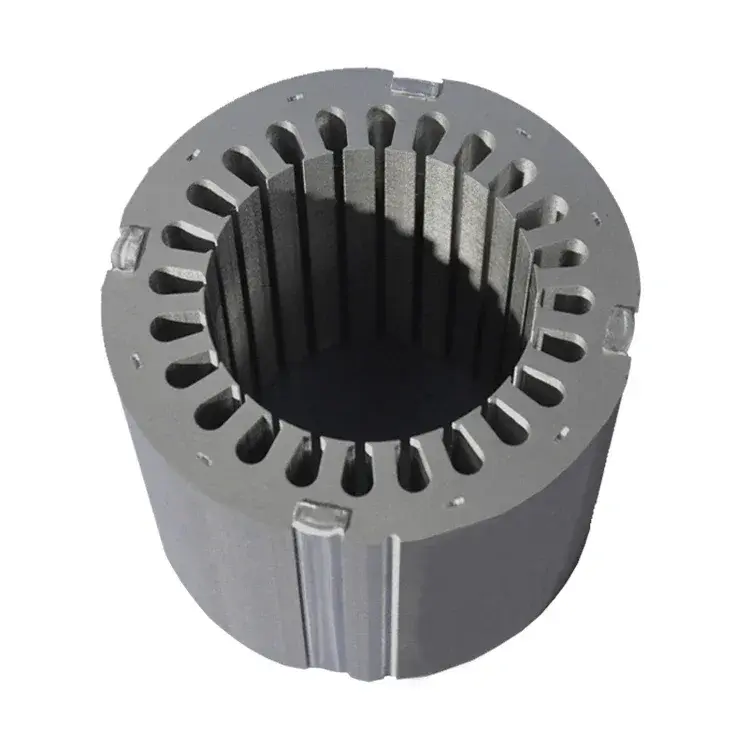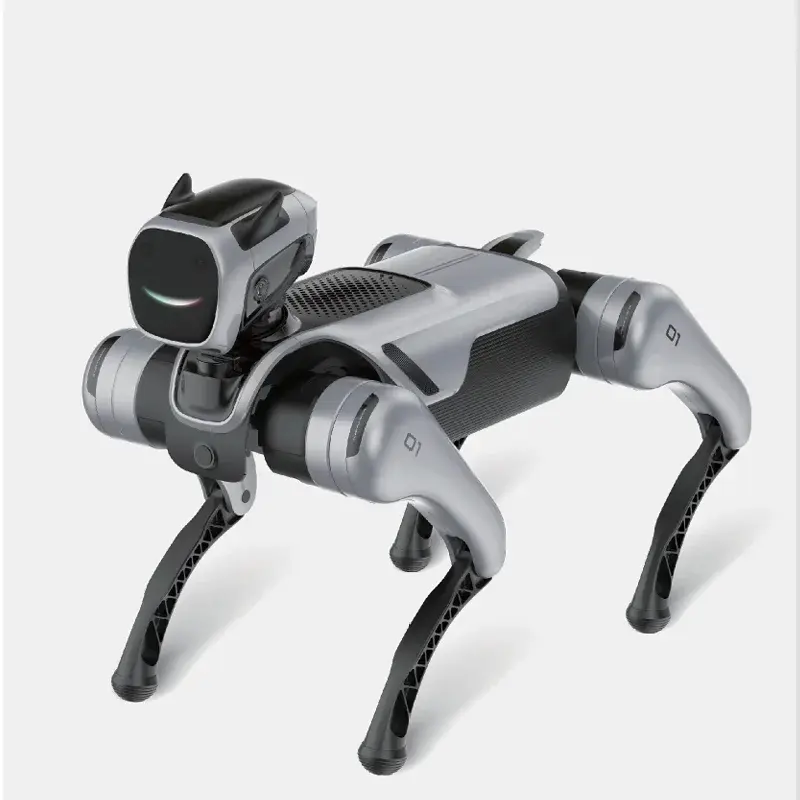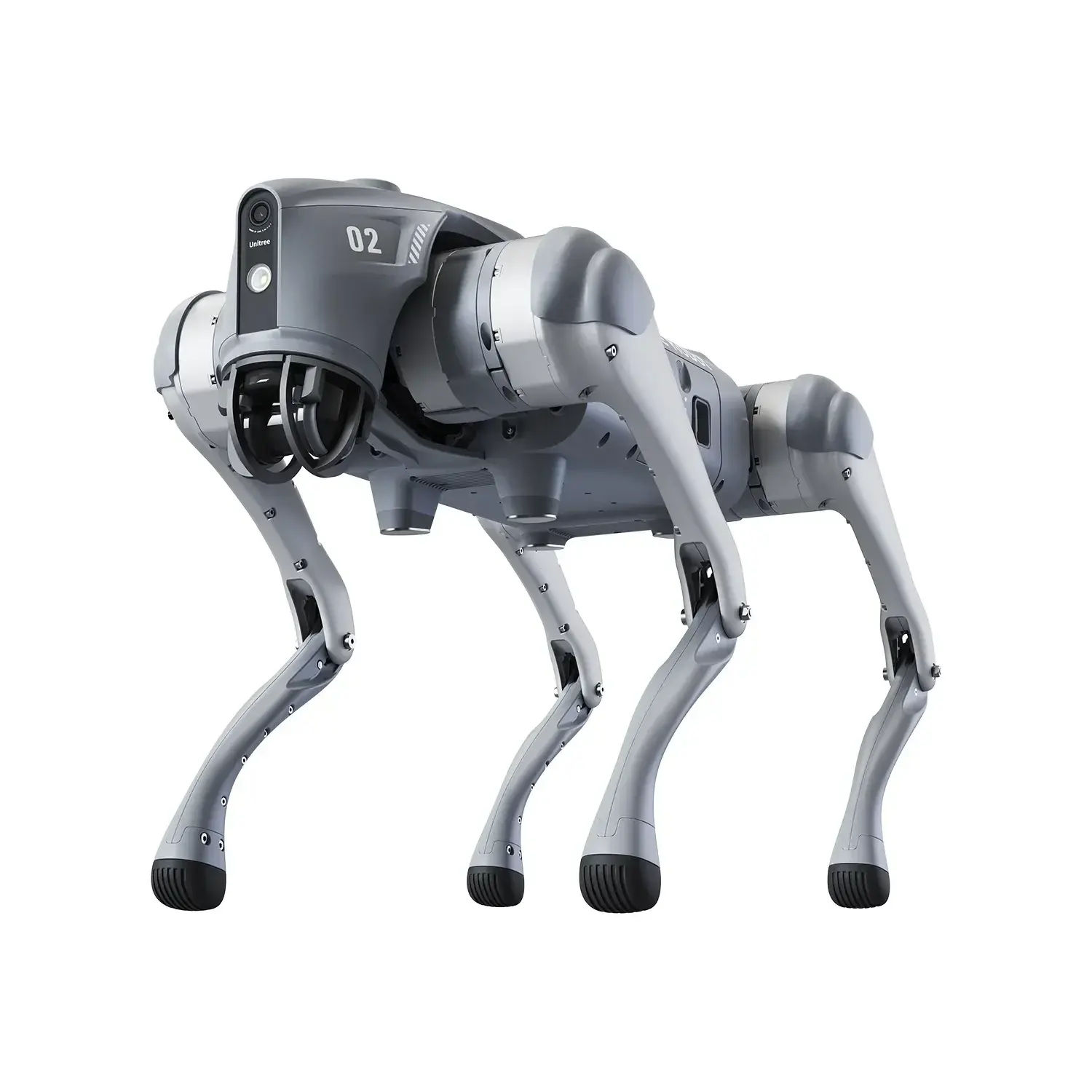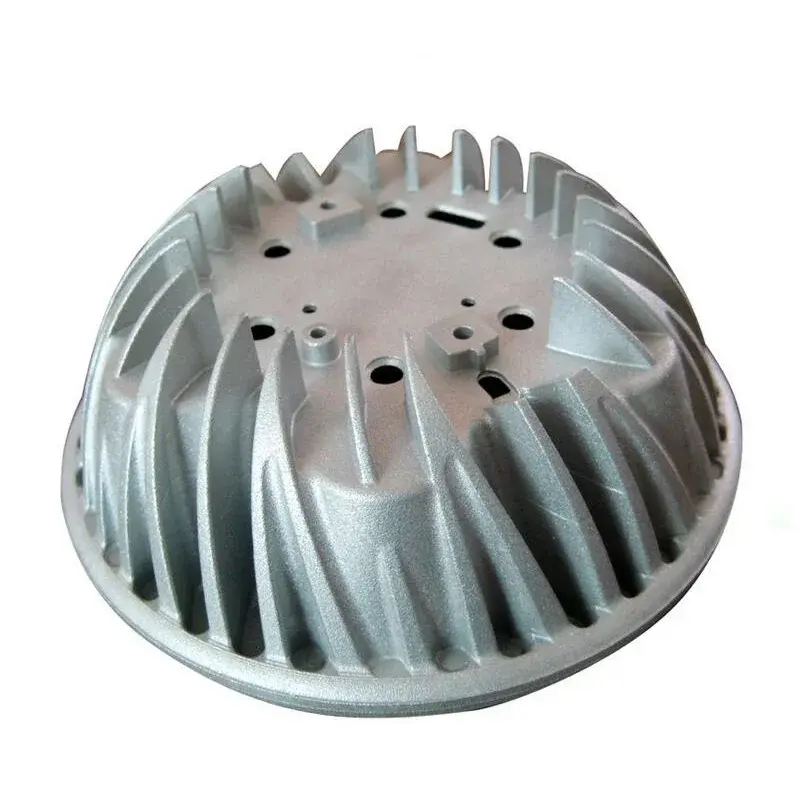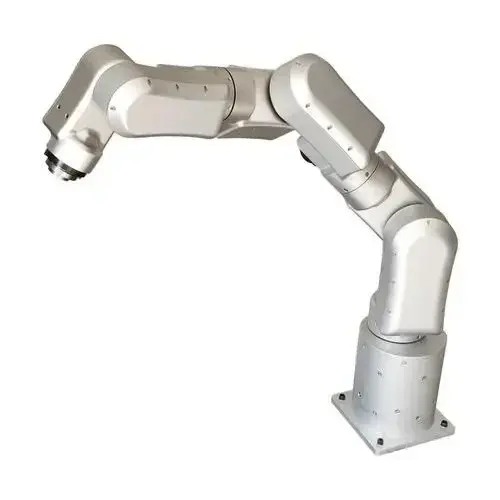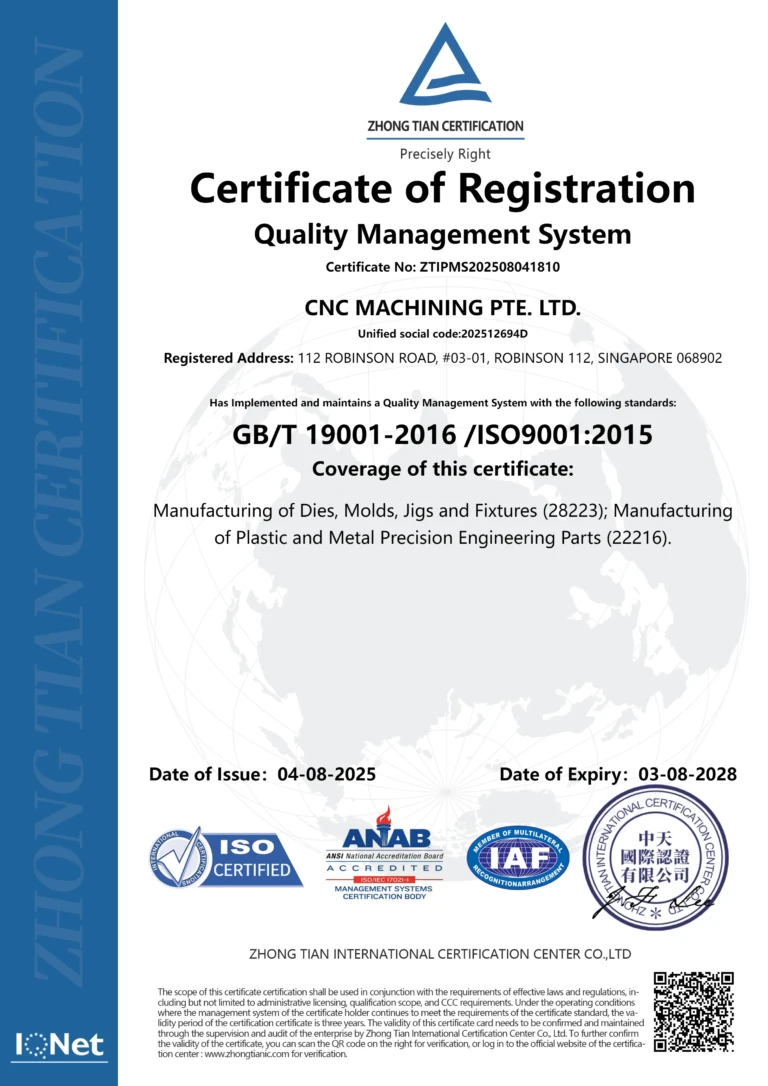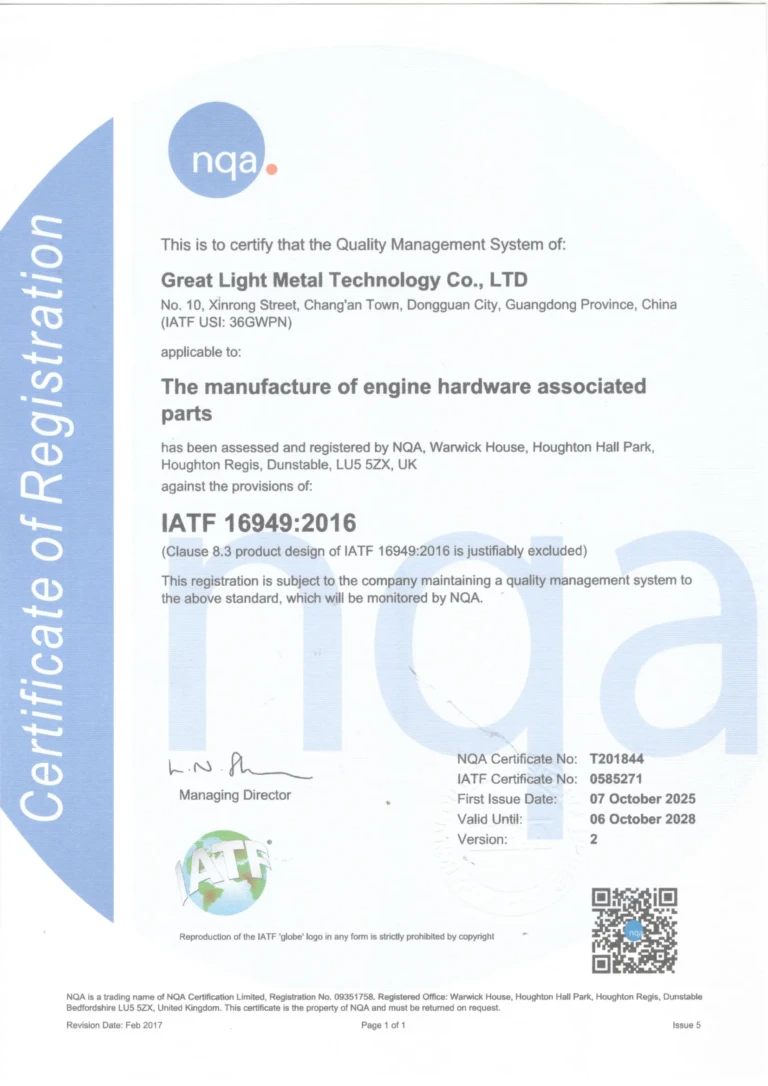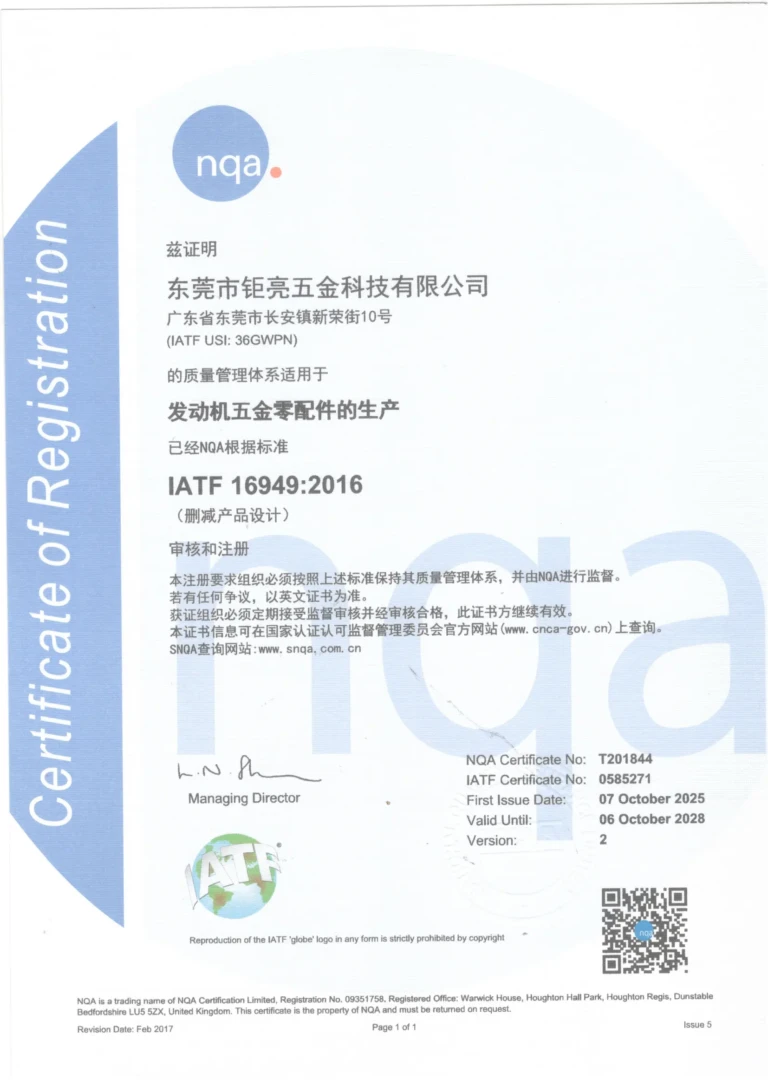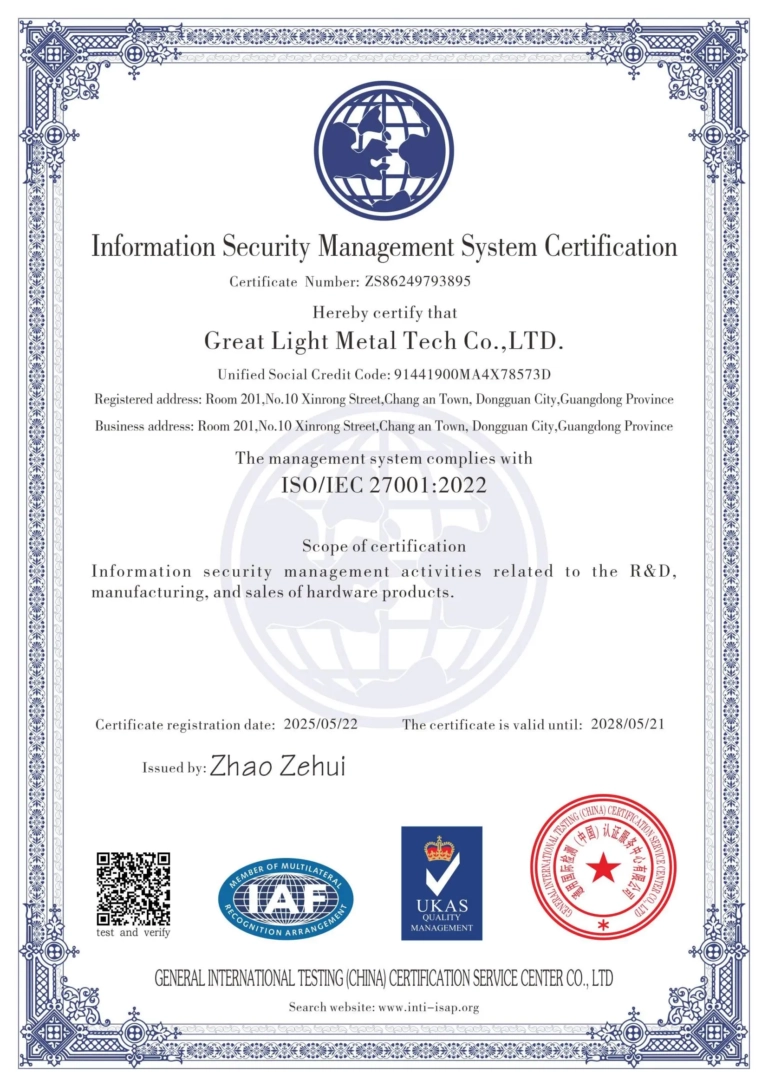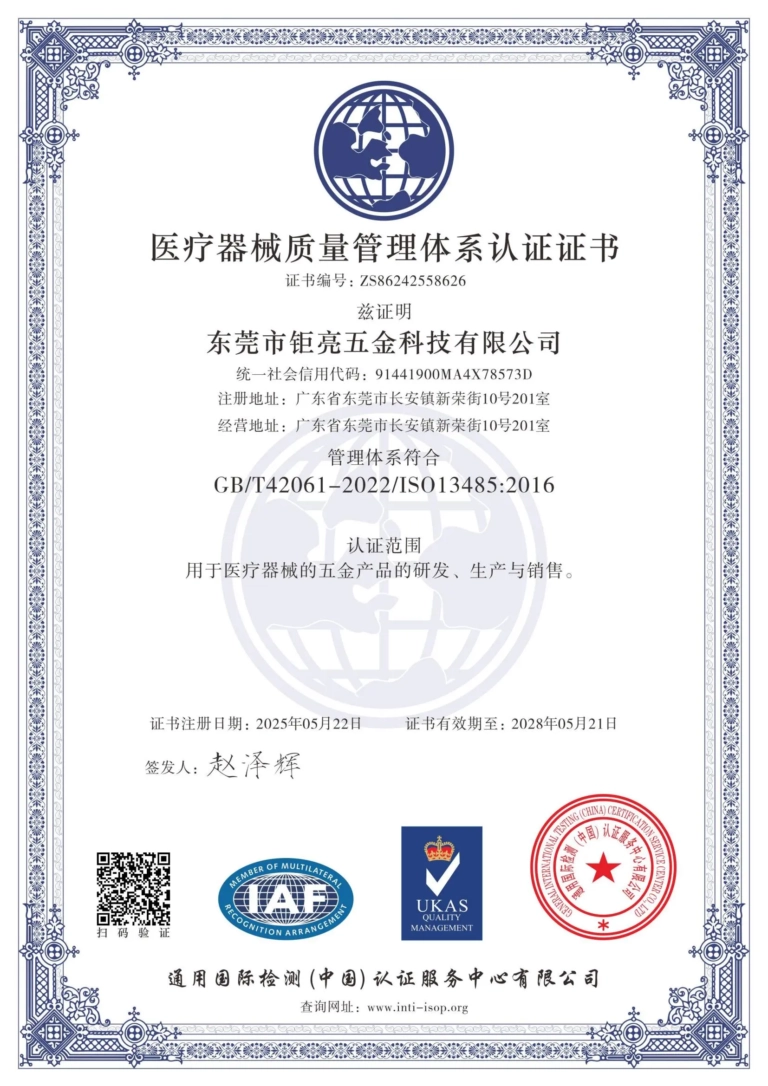The Revolution of CNC Technology in Automotive Manufacturing
The automotive industry stands at the forefront of manufacturing innovation, where precision, efficiency, and reliability are non-negotiable requirements. Efficiency Improvements In Automotive Part Production Using Cnc Technology has emerged as the backbone of modern automotive part production, transforming how manufacturers approach component fabrication. This comprehensive analysis explores the significant efficiency improvements achieved through CNC implementation, providing automotive manufacturers with actionable insights for optimizing their production processes.
The integration of CNC machining in automotive applications has revolutionized production timelines, quality control, and cost-effectiveness. From prototype development to mass production, CNC technology delivers unparalleled advantages that directly impact the bottom line while maintaining the highest quality standards demanded by today’s competitive automotive market.
Understanding CNC Technology in Automotive Context
The Fundamentals of Automotive CNC Machining
CNC technology for automotive parts represents the pinnacle of automated manufacturing precision. Unlike conventional machining methods, CNC systems operate through computer-programmed instructions that control the movement of cutting tools and machinery. This digital approach enables the production of complex automotive components with tolerances within microns, ensuring perfect fit and function in vehicle assemblies.
The automotive CNC machining process begins with computer-aided design (CAD) models, which are converted into machine-readable instructions through computer-aided manufacturing (CAM) software. These instructions guide the CNC equipment through precise cutting paths, tool changes, and machining parameters, eliminating human error and ensuring consistent output across production runs.
Evolution of CNC in Automotive Industry
The journey of CNC technology in car manufacturing has been marked by continuous innovation. From basic two-axis machines in the 1970s to today’s sophisticated five-axis simultaneous machining centers, CNC capabilities have expanded to meet the automotive industry’s evolving demands. Modern CNC systems for auto parts incorporate advanced features like adaptive control, real-time monitoring, and integrated quality assurance, making them indispensable in contemporary automotive production facilities.
Key Efficiency Improvements in Automotive CNC Applications
Production Speed and Throughput Enhancement
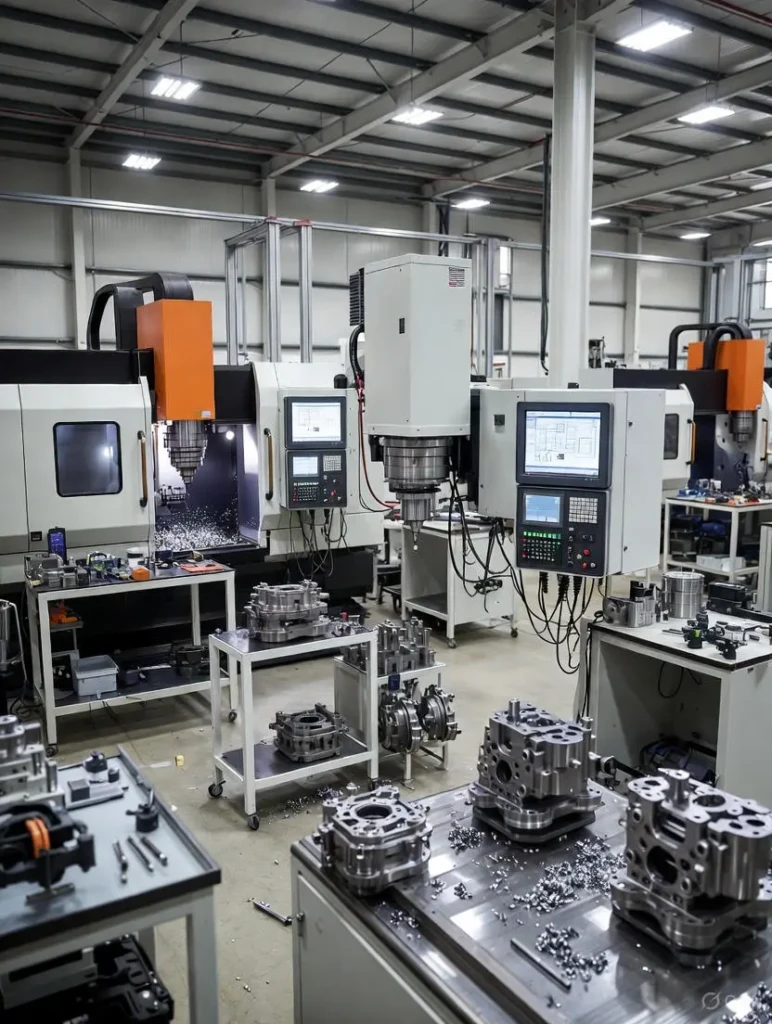
The implementation of CNC machining for automotive efficiency delivers remarkable improvements in production speed. Traditional manual machining methods typically require multiple setups and operator interventions, while CNC systems enable continuous operation with minimal downtime. Automotive CNC production achieves up to 70% reduction in cycle times through:
- Simultaneous multi-axis machining capabilities that complete complex parts in single setups
- High-speed machining technologies that optimize cutting parameters for maximum material removal rates
- Automated tool changing systems that eliminate manual tool swaps and reduce non-cutting time
- Lights-out manufacturing potential that enables 24/7 production without operator presence
Material Utilization and Waste Reduction
CNC technology for automotive parts significantly improves material efficiency through optimized nesting and cutting strategies. Advanced CAM software calculates the most efficient cutting paths, minimizing raw material waste while maximizing part yield. The efficiency of CNC in auto manufacturing demonstrates:
- Material savings of 15-30% compared to conventional machining methods
- Optimized raw material utilization through intelligent nesting algorithms
- Reduced scrap rates through precise cutting and minimal setup errors
- Recycling integration for metal chips and cutting fluids
Quality Consistency and Defect Reduction
The precision of CNC automotive part production ensures exceptional quality consistency across manufacturing batches. Digital control eliminates human variability, producing identical components with every production cycle. Automotive CNC quality improvements include:
- Dimensional accuracy within ±0.005 inches for critical components
- Surface finish consistency that meets automotive industry standards
- Reduced rejection rates from 8% to under 1% in optimized operations
- Repeatable precision across production runs of thousands of parts
Advanced CNC Strategies for Automotive Optimization
Multi-Axis Machining Complexities
Modern automotive CNC applications increasingly leverage 5-axis machining capabilities to produce complex geometries in single setups. This approach eliminates multiple fixturing and repositioning, significantly reducing production time while improving accuracy. Multi-axis CNC efficiency provides:
- Single-setup completion of complex engine components and transmission parts
- Improved access to challenging geometries and deep cavities
- Superior surface finishes through optimal tool orientation
- Reduced fixture costs and simplified tooling requirements
High-Speed Machining Protocols
CNC technology for automotive efficiency incorporates high-speed machining (HSM) strategies that optimize cutting parameters for specific materials and tooling. HSM protocols in automotive part production deliver:
- Increased feed rates up to 400% compared to conventional machining
- Extended tool life through optimized cutting forces and temperatures
- Improved surface integrity through controlled chip formation
- Reduced machining stresses that could affect part performance
Automated Production Integration
The true power of CNC in automotive manufacturing emerges when integrated with automated material handling systems. Robotic loading/unloading, automated pallet systems, and integrated quality control create seamless production cells that operate with minimal human intervention. This automated CNC efficiency enables:
- Uninterrupted production cycles with continuous material flow
- Reduced labor costs through automation of repetitive tasks
- Consistent production pace unaffected by operator variability
- Real-time production monitoring and adaptive scheduling
Cost Efficiency and Return on Investment
Direct Cost Reductions
The implementation of CNC technology for automotive parts generates substantial direct cost savings throughout the production lifecycle. Automotive CNC cost efficiency manifests in:
- Labor cost reduction of 40-60% through automation and reduced manual intervention
- Tooling cost optimization through extended tool life and strategic tool management
- Energy consumption efficiency through optimized machine utilization and power management
- Maintenance cost predictability through scheduled maintenance and condition monitoring
Indirect Financial Benefits
Beyond direct cost savings, CNC automotive manufacturing delivers significant indirect financial advantages that impact overall business performance. These efficiency improvements in automotive CNC include:
- Faster time-to-market for new vehicle models and components
- Reduced inventory costs through just-in-time manufacturing capabilities
- Lower warranty claims due to improved part quality and reliability
- Enhanced manufacturing flexibility to accommodate design changes and customizations
Real-World Applications and Case Studies
Engine Component Manufacturing
In engine part production using CNC technology, manufacturers have achieved remarkable efficiency gains. A leading automotive manufacturer implemented five-axis CNC machining for aluminum engine blocks, resulting in:
- Production time reduction from 8 hours to 45 minutes per block
- Dimensional accuracy improvement of 85% compared to previous methods
- Tool life extension of 300% through optimized cutting parameters
- Scrap rate reduction from 12% to 0.8% through improved process control
Transmission System Components
CNC efficiency in transmission manufacturing demonstrates equally impressive results. A transmission manufacturer specializing in dual-clutch systems achieved:
- 85% reduction in machining time for complex gear components
- 70% decrease in quality inspection time through integrated probing
- 60% reduction in setup time using automated fixture systems
- 40% increase in overall equipment effectiveness (OEE)
Future Trends in Automotive CNC Technology
Smart Manufacturing Integration
The future of CNC technology in automotive production points toward complete digital integration within Industry 4.0 frameworks. Smart CNC systems will feature:
- IoT connectivity for real-time performance monitoring and predictive maintenance
- Artificial intelligence algorithms that optimize cutting parameters dynamically
- Digital twin technology that simulates and validates processes before physical machining
- Blockchain integration for complete production history and quality traceability
Sustainable Manufacturing Focus
Environmental efficiency in CNC automotive production is becoming increasingly important. Future developments include:
- Energy-efficient drive systems that reduce power consumption by up to 30%
- Advanced coolant and lubrication systems that minimize environmental impact
- Recycling-integrated machining that repurposes metal chips and waste materials
- Lightweight component optimization that supports vehicle fuel efficiency goals
Implementation Strategy for Maximum Efficiency
Technology Selection Criteria
Selecting the appropriate CNC technology for automotive applications requires careful consideration of multiple factors. Key selection criteria include:
- Machine tool rigidity and precision for automotive quality requirements
- Control system capabilities and compatibility with existing infrastructure
- Automation readiness for future expansion and integration
- Service and support network to ensure continuous operation
- Total cost of ownership rather than initial purchase price
Workforce Development Approach
The successful implementation of efficient CNC automotive manufacturing depends heavily on workforce capabilities. Essential development strategies include:
- Comprehensive training programs covering programming, operation, and maintenance
- Cross-functional skill development to maximize workforce flexibility
- Continuous improvement culture that encourages optimization and innovation
- Knowledge management systems that capture and disseminate best practices
Conclusion: The Competitive Advantage of CNC Efficiency
The efficiency improvements in automotive part production using CNC technology represent a fundamental shift in manufacturing capability and competitiveness. Automotive manufacturers who strategically implement and optimize CNC systems gain significant advantages in:
- Production cost reduction through automated efficiency and waste minimization
- Quality enhancement through precision and consistency
- Manufacturing flexibility to respond to market demands and customization requests
- Innovation acceleration through rapid prototyping and production capabilities
The continued evolution of CNC technology for automotive applications promises even greater efficiency gains through digital integration, artificial intelligence, and sustainable manufacturing practices. Automotive manufacturers who embrace these advancements position themselves for long-term success in an increasingly competitive global market.
The strategic implementation of CNC efficiency improvements in automotive part production is no longer optional but essential for manufacturers seeking to maintain competitive advantage. By leveraging the full potential of modern CNC technology, automotive companies can achieve unprecedented levels of efficiency, quality, and profitability in their manufacturing operations.
